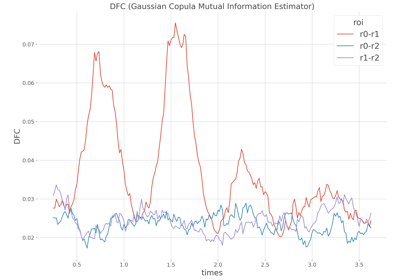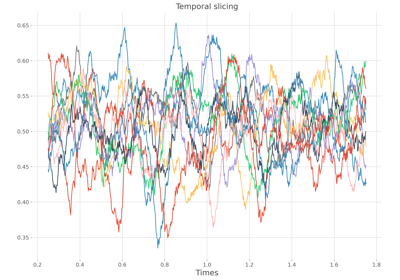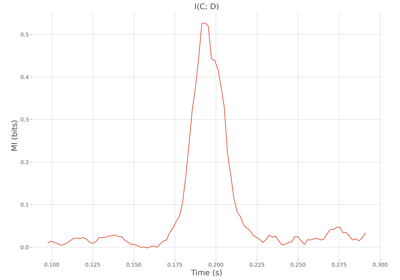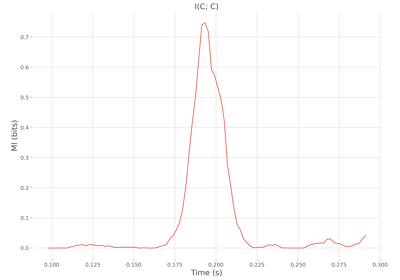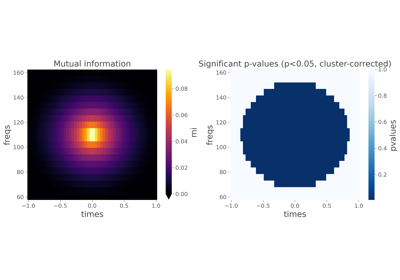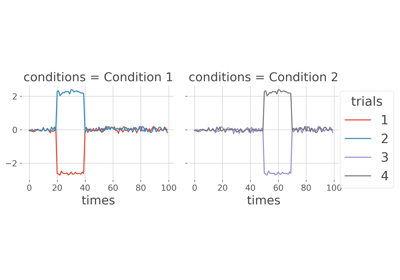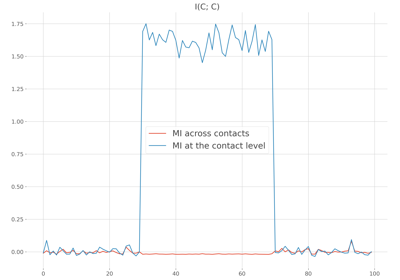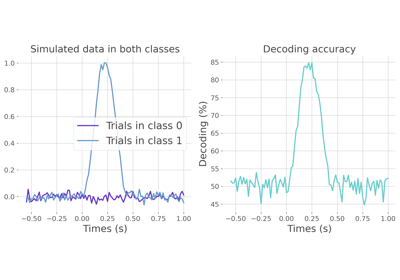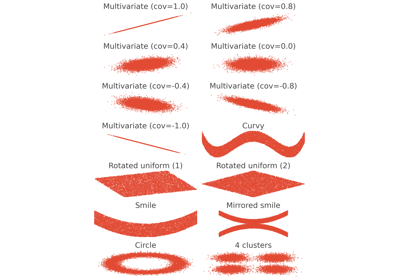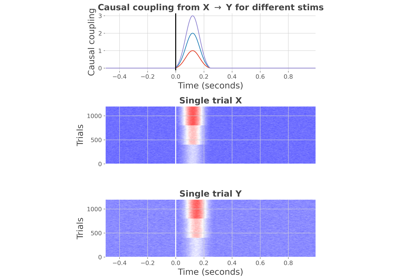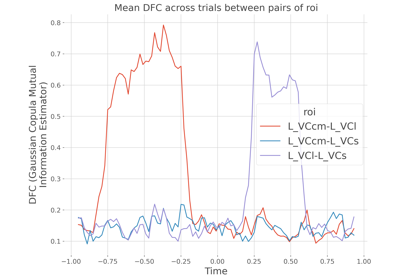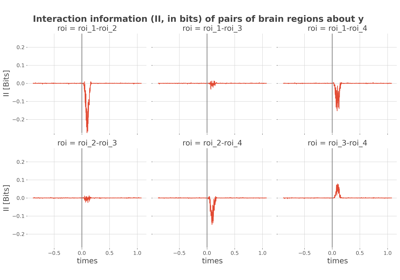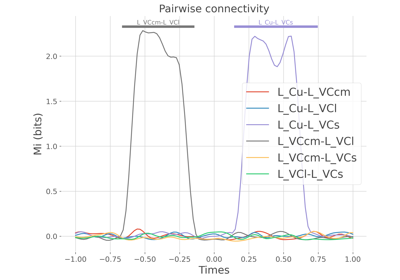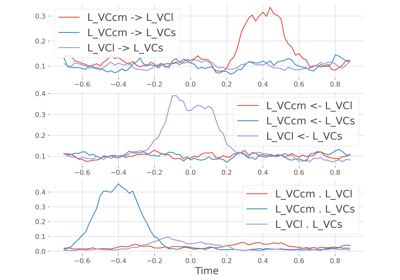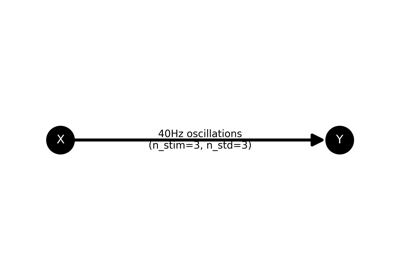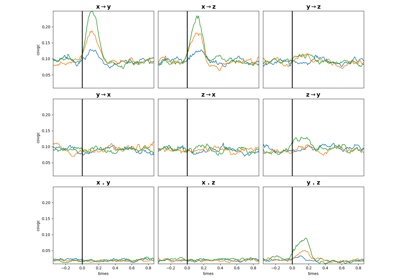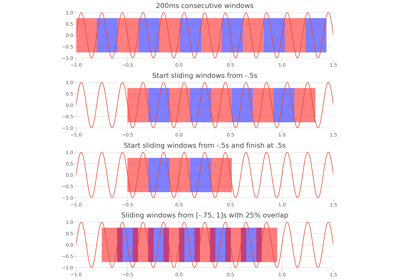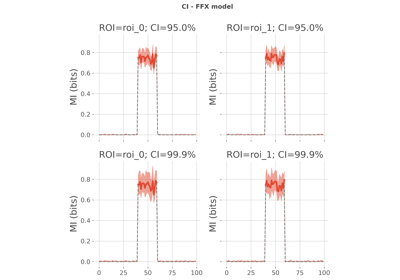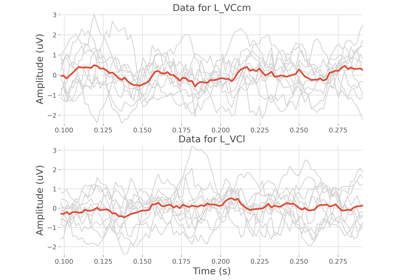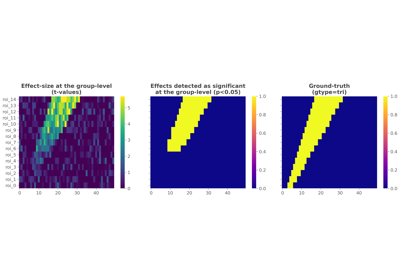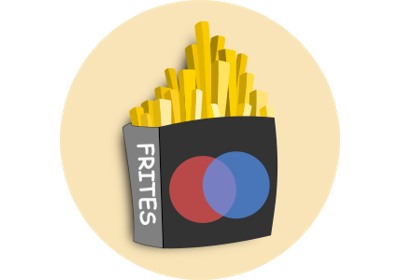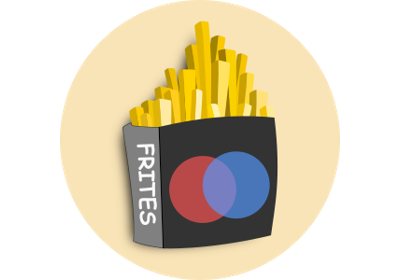Examples#
Illustration of the main functions.
Contents
Tutorials#
Frites’ tutorials
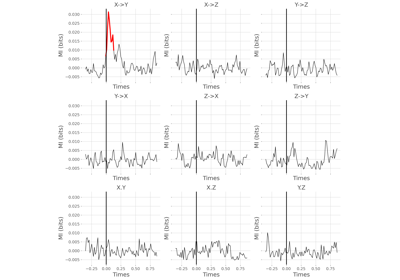
Statistical analysis of a stimulus-specific network
Multi-subjects dataset#
Build an electrophysiological dataset, with different input types and apply some basing operations to it?
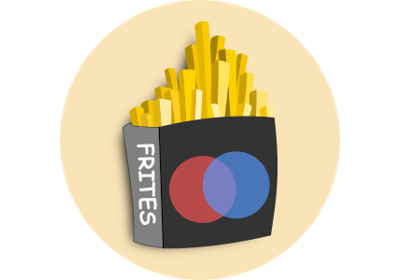
Define an electrophysiological dataset using MNE-Python structures
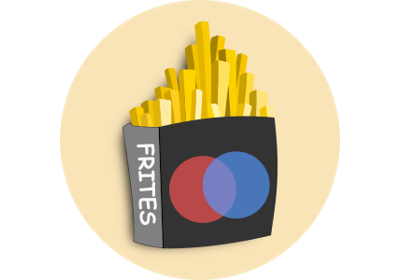
Define an electrophysiological dataset using Xarray
Group-level statistics on measures of information#
This set of examples illustrate how to perform group-level statistics on measures of information (i.e. measures from the information-theory, machine-learning or measures of distances).
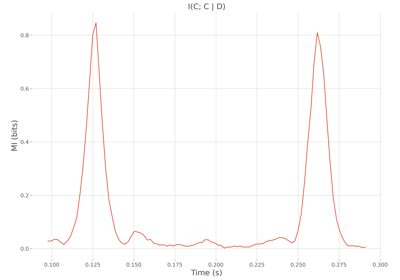
MI between two continuous variables conditioned by a discret one
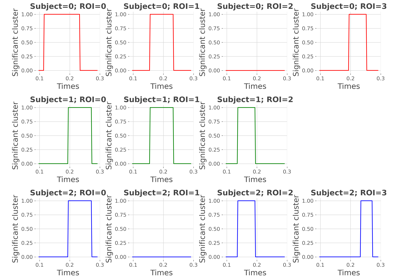
Compute a conjunction analysis on mutual-information
Information-based estimators#
Set of examples illustrating how to use Frites’ information-based estimators.
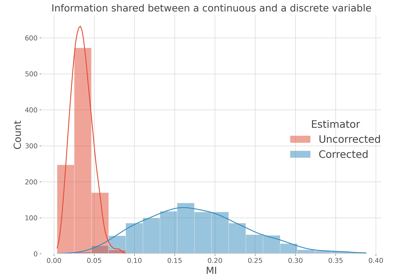
Trial-resampling: correcting for unbalanced designs
Connectivity and Information Transfer#
Compute the connectivity using mutual-information such as information transfer.
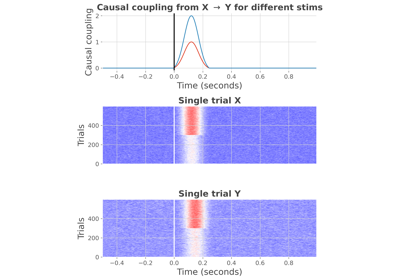
PID: Decomposing the information carried by pairs of brain regions
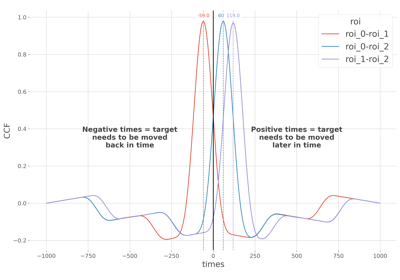
Lag estimation between delayed times-series using the cross-correlation
Autoregressive model#
Examples using autoregressive models
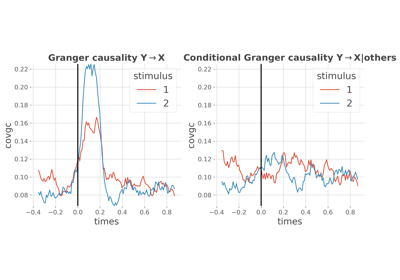
AR : conditional covariance based Granger Causality
Utility#
Illustration of utility functions.
Statistics#
Compararison of the different statistical approaches.
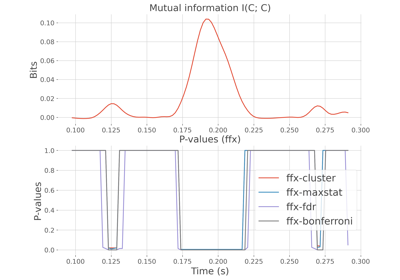
Compare within-subjects statistics when computing mutual information
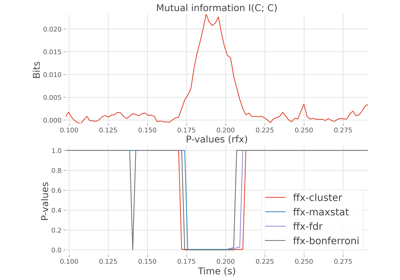
Compare between-subjects statistics when computing mutual information
Simulations#
Generate simulated data
Performance#
Set of examples illustrating the performance gains in terms of computing time.
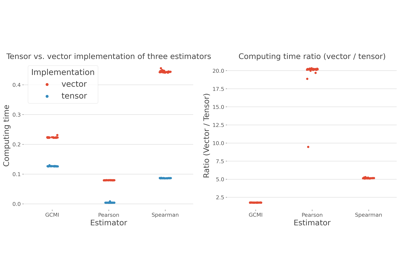
Comparison between tensor and vector based computations
Xarray#
As Frites relies entirely on Xarray format, this set of examples illustrates how to work with Xarray.
